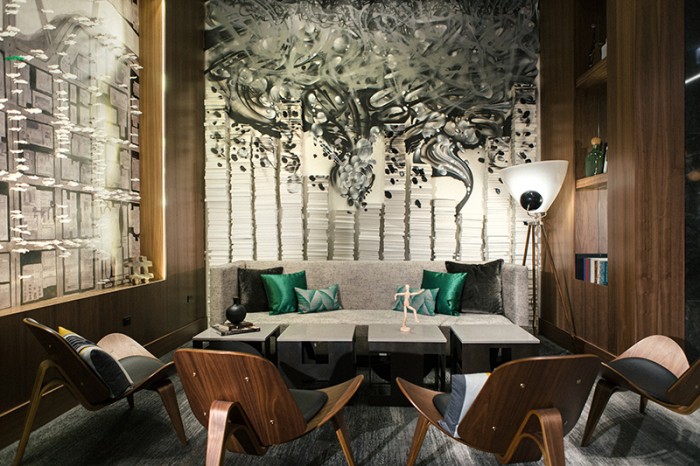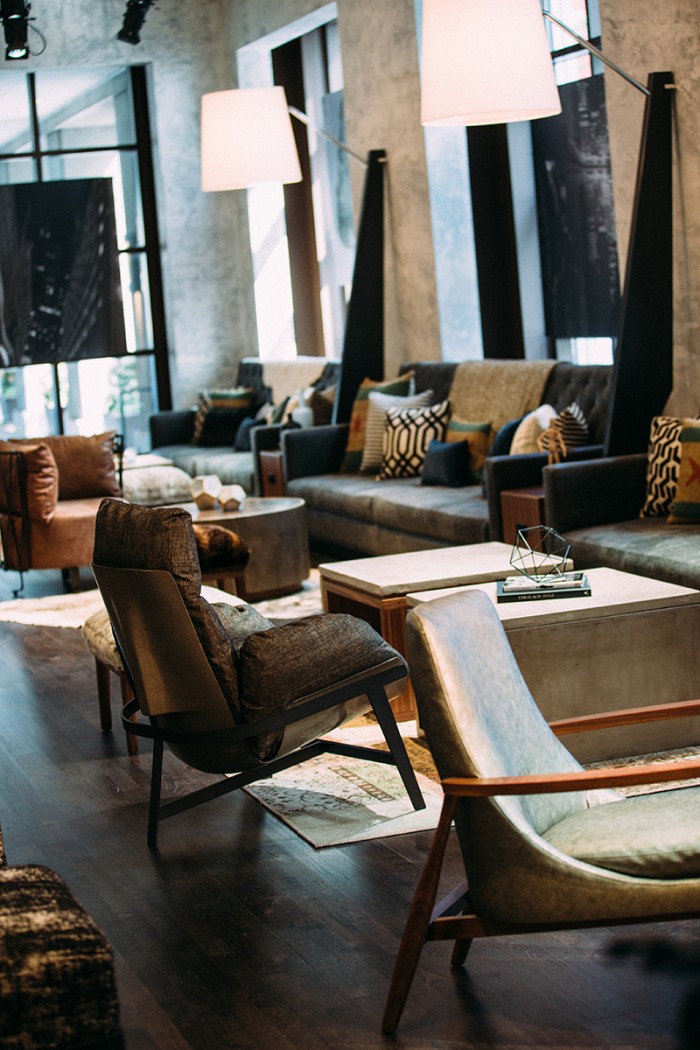Hospitality served on an International Scale
“International hospitality operators, almost universally, are expecting the incorporation of uniquely “local” design elements and brand touch-points as an additional experience layer that builds upon the expectations of their brands.”
Design Insider caught up with Ron Swidler, Principal in charge of the Branding at international hospitality design firm Gettys, to understand how they approach international projects and discuss emerging trends.

The integration of “local” into the design aesthetic and service proposition has become the norm. Today, guest expectations centres around the on-property experience. Guests are increasingly expecting (not just appreciating) the hotel to reflect its city, location, and unique offerings nearby, including food, culture, products and more. What is interesting is how some cultures migrate.

Ron explains, “It is fascinating to see how global cultural differences and expectations around design are beginning to migrate. One example is the way in which meeting rooms/board rooms designed in Asia are influencing Western design. In China, our small meeting room designs include areas for both informal and formal private spaces within the same room, as discussions move between the two levels of formality. This concept is now finding its way into our US designs, both for its innovation and to attract Asian travellers to the hotels.”
There has been a concerted effort lately by the biggest hospitality brands (Marriott International, Hilton Worldwide and Accor) to re-evaluate and refine their numerous brands, to further distinguish them from one another. For example, Marriott’s acquisition of Starwood Hotels has prompted clarity and refinement of standards around design expectations for their Autograph Collection, Tribute Portfolio (previously Starwood’s, upper-upscale) and Luxury Collection (previously Starwood’s, luxury).
It used to be that a VIP welcome gift, like a fruit and cheese plate with a note from the General Manager, would have been an unexpected treat. Now, it has become an expectation for some, perhaps creating an opportunity for hotels to be even more creative and personal.
We asked Gettys if there is a redefinition of “luxury” depending where you are in the world. They observed that some aspects of luxury have not changed regardless of location. Attentive and professional personal service is an absolute expectation in luxury, as is the high-quality environment and offerings. One thing that has changed, perhaps, is an awareness and understanding of the number of staff, or team members, that will provide that level of service. In countries where labour costs are lower, there is an anticipated abundance of highly-trained, specialised team members. That is not the same in the U.S. where labour costs represent an increasingly higher percentage of operating costs.

What is noticeable is a shift in guest expectations around luxury. With the ubiquity of social media and guest experience sharing (photos/videos, online reviews, and personal posts) it is becoming harder for hotels to surprise and delight guests with unanticipated moments of exceptional service. It used to be that a VIP welcome gift, like a fruit and cheese plate with a note from the General Manager, would have been an unexpected treat. Now, it has become an expectation for some, perhaps creating an opportunity for hotels to be even more creative and personal.
So, is the international traveller is changing? “One of the most interesting and noticeable changes is the expectations around responsiveness to guest needs and comments on social media. We are seeing hotels responding to guest requests on demand, via text and even emoji’s. Hotels are doing an increasingly impressive job monitoring and responding, to both positive and negative comments being posted to social media, often while guests are still on property.”

As a global company, with offices in the Americas, Asia Pacific, and the Middle East, we wanted to explore how Gettys approach international projects. “We often leverage the capabilities of the office nearest the project location. One way we overcome distance between offices, projects and clients is through use of modelling and collaborative work platforms, like Virtual Reality. We are just beginning to realise the cost and time saving benefits of these emerging technologies”, Ron shares.
As we left, we asked Ron what good design means to him, “in a word, “thoughtfulness.” What I mean by that is that a design solution has been well conceived and presented with the guest, operator, market and brand story in mind.”

Headquartered in Chicago, The Gettys Group is and award-winning global hospitality design firm, specialising in interior design, consulting, branding, and procurement. Retaining a vibrantly active presence in key centres around the world, Gettys truly connect with local destinations, serving clients from their offices in Chicago, Jeddah and Manila. www.gettys.com








Comments
Thank you Rita and Design Insider! It was a pleasure to collaborate with you on this wonderful piece.